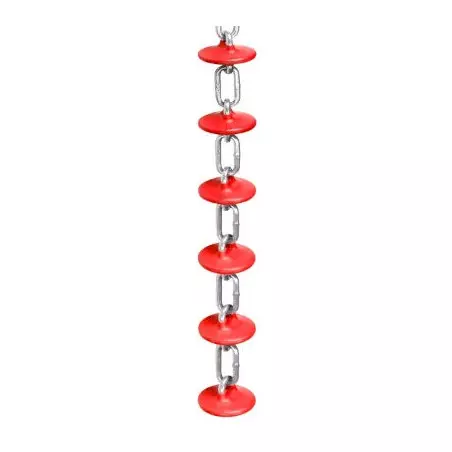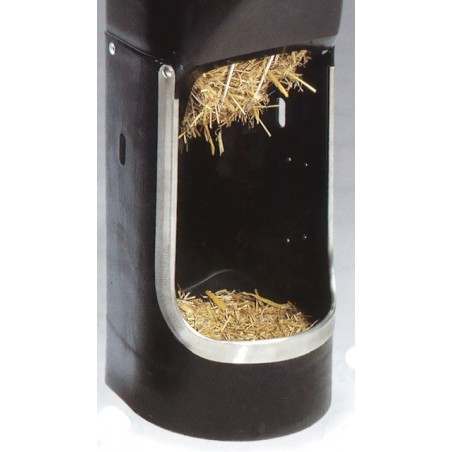Increased public concern about farm animal welfare is driving both legislative initiatives and market forces to change how sows are housed and managed. This study investigated the use and preference for enrichment items at a 5600 sows commercial sow farm in eastern USA. Gestating sows were housed in static, pre-implantation groups of approximately 75 sows per pen and fed via a single electronic sow feeding station. Each pen contained one of three enrichment objects (OBJ): hanging rope, hanging rubber sticks, and a fixed wood block. Behavioral data was collected from 18 pens during the course of this study on days 1, 3, 5 and 14 (DAY) that sows were in the pen, and at specific times on each day (TIME). For daytime activity, data was collected on-site in three 2-h blocks between 0800 and 1000, 1100–1300 and 1400–1600 for each pen and for nighttime data was collected on Day 1 in three 1-h blocks between 2200 and 2300, 0000-0100 and 0200-0300. Behaviors recorded included proportion of observation time animals interacted with the object, proportion of animals in pen that interacted with the object, and posture (up/down) of each animal in the pen. Lesion scores were recorded prior to mixing and two weeks post-mixing as a proxy for social aggression.
The median proportion of observation time that the sows were in contact with the rope (62.4%) was significantly greater than (P < 0.01) the median proportion observed in the rubber pens (31.5%) and significantly greater than (P < 0.01) the median proportion observed in the woodblock pens (24.3%). Mixed design ANOVAs indicated a significant interaction of OBJ and DAY (P < 0.01) and OBJ and TIME (P < 0.01) on the proportion of observation time that the sows were in contact with the enrichment objects. Post-hoc analyses using Bonferroni correction showed that on each observation day and time period, the proportion of observation time that the sows were in contact with the enrichment was significantly greater (P < 0.01) in rope pens than rubber or woodblock pens.

These results indicate that sows can exhibit clear preferences for enrichment type, with the sows interacting with the rope significantly more often throughout the study, at each sampling hour. However, there were no significant differences in lesion severity or sow activity between the three enrichment types, suggesting that common behavioral patterns including the establishment of social hierarchy took precedence over the pursuit of available enrichment. Additional studies are needed to understand how preferences for enrichment objects could be utilized to potentially impact sow productivity and welfare.
Kristina M.Horback, Meghann K.Pierdon, Thomas D.Parsons. Behavioral preference for different enrichment objects in a commercial sow herd. Applied Animal Behaviour Science. Volume 184, November 2016, Pages 7-15. https://doi.org/10.1016/j.applanim.2016.09.002









